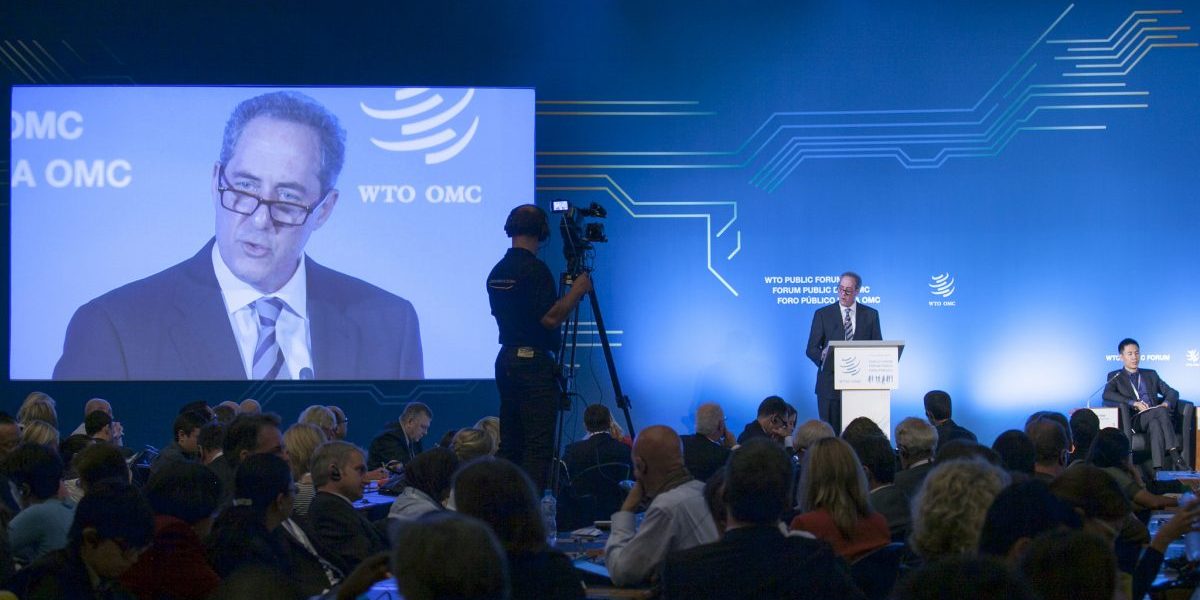Central to answering this question is the shifting fortunes of the agriculture negotiations. These are organised into three “pillars”: export competition (export subsidies); market access (tariffs); and domestic support (subsidies).
In July last year the WTO’s membership clinched a framework deal on the whole Doha agenda, the centrepiece of which was an European Union (EU) offer to phase out export subsidies at a date to be determined. This agreement was hedged with the significant caveat that the step was conditional on the US — in particular — disciplining “parallel” export support measures, especially export credits and food aid.
So far no breakthrough has been made on “parallelism”. And the odds in favour of a breakthrough at Hong Kong are small. Export competition attracts a fairly small amount of the overall subsidy total.
The big subsidies are in domestic support, regulated through a system of coloured “boxes” corresponding to the degree to which they distort trade.
The EU, to its credit, undertook a substantial reform of its domestic support prior to Cancun so that, in principle, the overall package is now less distortionary.
The US, through its 2002 Farm Bill, went the opposite direction by dramatically increasing subsidies through the use of price supports.
On market access the US is traditionally offensive, based on powerful agriculture export lobbies, whereas the EU — the world’s largest food importer — is defensive. The former favours significant tariff reductions on condition that all partners commit, but must know that the EU (and others) are politically not in a position to reciprocate.
For some time now the EU and the US have been engaged in a game of brinkmanship over who will move first. Interestingly, Pascal Lamy, the newly appointed WTO director-general and previous EU trade commissioner, recently threw his hat into the ring by saying that the key to resolving this impasse was for the US to agree to discipline and reduce its domestic subsidies in return for substantial EU movement on market access through agreeing to a relatively ambitious tariff reduction formula.
In this light the recent meeting between Ambassador Rob Portman, the US trade representative and Peter Mandelson, Lamy’s successor at the commission, is significant.
However, while an EU-US deal is crucial for the round to advance, there are other critical actors in the game. Meeting in the Pakistan in mid-September the Brazil-India led Group of 20 (G20) reiterated its positions on the agriculture talks, calling for a firm commitment to a date by which export subsidies will be phased out; tighter disciplines on domestic support; and a more ambitious tariff reduction formula than the EU is prepared (at least publicly) to contemplate.
Significantly, both the EU and US have acknowledged that the G20’s market access proposals constitute the best basis for a compromise middle ground.
So the “new quad” (US, EU, Brazil, India) as trade observers are now calling the central negotiating access in the round, is starting to gel in the agricultural negotiations. But they would be advised to heed the bulk of poor developing countries, constituting about half of the WTO’s membership and represented in the G90 coalition — which has a defensive agenda and the power of numbers to block the “new quad’s” agreements.
So, Lamy’s formulation of an alternative “new quad” is arguably more useful. His includes the EU, US, G20 and G90. The G90, and India’s allies in the so-called “alliance for special products” (or G33), some of which are in the G20, favour less ambition in the market access and subsidy reduction talks: the former so that preferential access to northern (EU) markets can be retained; the latter to protect huge numbers of small-scale subsistence farmers from the potentially dislocating effects of increased agricultural imports.
Confused? You should be!
And here I have only concentrated on agriculture. The agenda becomes much more complicated once industrial tariffs, services trade and various rules negotiations are factored in.
So, overall Hong Kong is unlikely to deliver an ambitious result; indeed any result that moves the process forward would be greeted with sighs of relief in most quarters.
In this light every effort is being made to contain a number of high profile, multibillion-dollar disputes from wrecking the party at Hong Kong: Boeing-Airbus; the US-EU genetically-modified products case; and the old bananas dispute pitting the US and central America against the EU.
Similarly, recent leadership changes in the three top portfolios in global trade governance (the US trade administration; EU; WTO) must also be closely watched. Dramatic gestures are not politically feasible at this time; indeed as the US prepares to put in place its next farm bill, in 2007, the stakes are rising perceptibly.
Yet, in the medium term, both the EU and US face significant budgetary pressures that will compel autonomous reforms to their agricultural policies.
The problem is that these pressures come too late to significantly effect this round.








